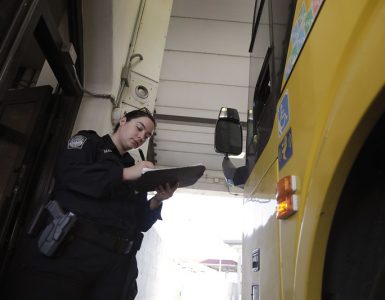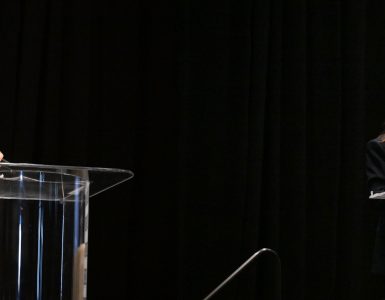International trade has been a top concern for companies and stakeholders involved in supply chain management over the past couple of years. With tariffs or threats of tariffs affecting goods entering the United States, importers are trying to get their feet on solid ground. But combine the tariff situation with immigration policy and you end up with a literal long line of upset truckers just looking to get their goods over the border and Mexican shoppers choosing not to cross the border.
Mexico is the largest supplier of agricultural goods, with $26 billion in total value imported in 2018, and a grand total of all imports coming in at nearly $350 billion. The entire U.S. freight market is highly dependent on goods coming in from other countries, such as Mexico and China, and policies change faster than companies and importers can alter their supply chain infrastructure.
But trucks bringing in berries and bell peppers and bunches of bananas aren’t the only problem in terms of border wait times—regular pedestrian traffic and non-commercial vehicles are having to sit through frustratingly long waits as well. Everyday people from Mexico looking to spend dollars in Arizona are having to sit behind the wheel for up to four hours in ports like Santa Cruz and Nogales, which is having negative effects on Arizona businesses that rely on shoppers coming up from down south.
“This has deterred some pedestrians and traffic, which has in turn hurt local economies in Arizona,” comments economic adviser Luis Ramirez. “San Luis wears the badge of being the worst… It’s impacting total volumes of cars and people coming across.”
Arizona border towns are highly dependent on visitors from our southern neighbor coming in to spend money. A recent study from the Office of Tourism found that tourists who stayed overnight in Arizona spent nearly $23 billion in the state in 2017. Of the foreign tourists who crossed our borders and shopped and ate and rested their heads in hotel rooms, two-thirds were from Mexico.
Prices on goods in Mexico are higher by comparison than here in the United States. High import costs on items coming into Mexico is the sticking point behind weekly or monthly trips for faithful shoppers coming up from Mexico to spend money in Arizona towns. When commodities are brought from the U.S. to Mexico the taxes end up way higher, making prices skyrocket. Coming over to our side of the border takes away that issue and saves the shoppers some money.
But with long wait times lingering with no definitive end in sight, the long-term effects could be dire for businesses in Arizona. The possible solution? Staff up.
“The short-term solution is to get more people there, more bodies in uniform. Long-term, the infrastructure and technology associated with it needs to be focused on,” said Ramirez. “People can get processed faster through technology, but those things take time. Getting officers back to the border is critical. But it’s also to do with recruiting, getting new officers.”
“Ports should be staffed and fortified at the pace of which business works,” said Jaime Chamberlain of Chamberlain Distributing Inc. “The U.S. should also analyze how a 21st Century port should work for decades in the future. It should be more efficient with the resources we have. The business community demands better service from our ports.”
















Add comment